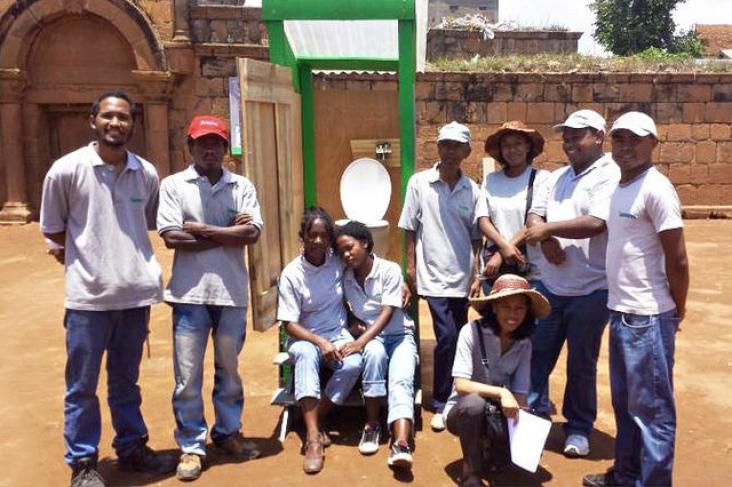Training and capacity building are long established critical components of global water, sanitation, and hygiene (WaSH) policies, strategies, and programs.
Low-cost by-products from agricultural, household and industrial sectors have been recognized as a sustainable solution for wastewater treatment.

The RELX Group Environmental Challenge is awarded annually to projects that best demonstrate how they can provide sustainable access to safe water where it is presently at risk and/or access to improved sanitation. The 2016 winner was Loowatt - an innovative sanitation solution which also generates power. The Environmental Challenge directly assists SDG 6.1 and 6.2 to achieve universal and equitable access to safe and affordable drinking water and access to adequate and equitable sanitation and hygiene, for all.
Elsevier,
Qing Chang,
Chapter 11 - Emulsion, Foam, and Gel,
Editor(s): Qing Chang,
Colloid and Interface Chemistry for Water Quality Control,
Academic Press,
2016,
Pages 227-245,
ISBN 9780128093153
Supports SDG 6 by discussing the application of colloid and surface chemistry in water and wastewater treatment- the only book of its kind to do this.

This article highlights the winning proposals of the first edition of the Elsevier Foundation Green & Sustainable Chemistry Challenge. The winning proposals were chosen for their innovative green chemistry aspects and their large positive impact on the environment, contributing to SDGs 6, 12 and 15.
To advance Goal 6 and Goal 10, this webinar explores how businesses can responsibly manage the human rights impacts of their own water-intensive operations and/or supply chains
Membrane (bio)fouling is a major obstacle to many separation and purification processes.
Multidisciplinary, innovative and high values development of high performance, cost-effective and environmentally acceptable separation systems is highly desired to tackle the sustainability challenge
This white paper explores the links between goal 6 (Clean Water and Sanitation) and goal 12 (Responsible Consumption and Production). It discusses how business can play their part in increasing access to Water, Sanitation and Hygiene (WASH) with an emphasis on WASH delivery for workers in the supply chain.
Background: The Global Burden of Disease, Injuries, and Risk Factor study 2013 (GBD 2013) is the first of a series of annual updates of the GBD.
